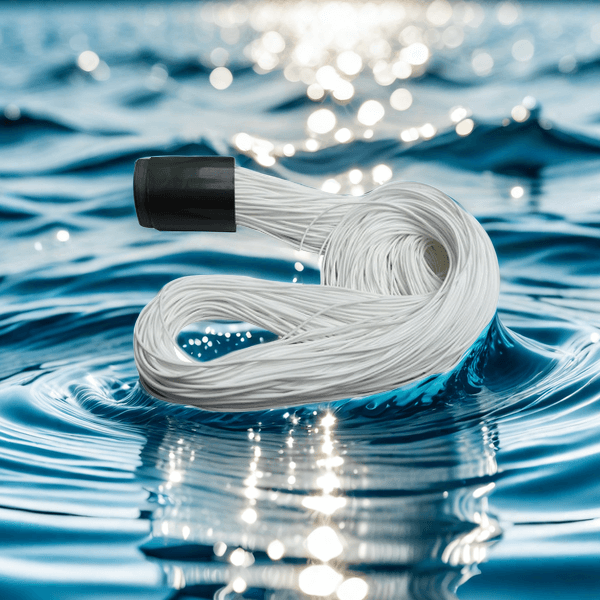Soy milk powder production wastewater treatment process
The soy milk powder production wastewater treatment process usually includes the following main steps:
1. Pretreatment:
Use grids and screens to remove large solid particles in the wastewater, such as bean dregs and other residues.
2. Regulating tank:
Since the pH, suspended matter, BOD5, CODcr and water volume of wastewater at different times in the soy milk production process are very different, a regulating tank is set up to balance the water quality and volume.
3. Coagulation and sedimentation:
Add coagulants to form flocs with suspended matter and some soluble substances in the wastewater for subsequent separation. This step can remove most suspended matter and some organic matter.

4. Biochemical treatment:
This is the core step of soy milk powder production wastewater treatment, mainly including:
a. Anaerobic treatment: It can degrade some organic matter and reduce the load of subsequent aerobic treatment.
b. Aerobic treatment: Use activated sludge method or contact oxidation method to further degrade organic matter in wastewater.
5. Deep treatment:
According to the discharge requirements, deep treatment may be required. Advanced oxidation or membrane separation technology can be considered to further remove refractory organic matter.
6. Sludge treatment:
The sludge generated during the treatment process needs to be dehydrated and disposed of.
It should be noted that the wastewater from soy milk powder production has the following characteristics:
1. High concentration of organic matter and complex composition, mainly including protein, organic acid, carbohydrates, etc.
2. The wastewater is prone to corruption and acidification, and the pH value may drop to about 5.
3. The suspended matter content is high, up to 1000-1500mg/L.
4. The wastewater has good biodegradability and is easy to biodegrade.
In actual applications, it may be necessary to appropriately adjust and optimize the process according to the specific characteristics of the wastewater and the discharge requirements. At the same time, attention should be paid to source reduction to minimize the amount of wastewater generated and the concentration of pollutants.
